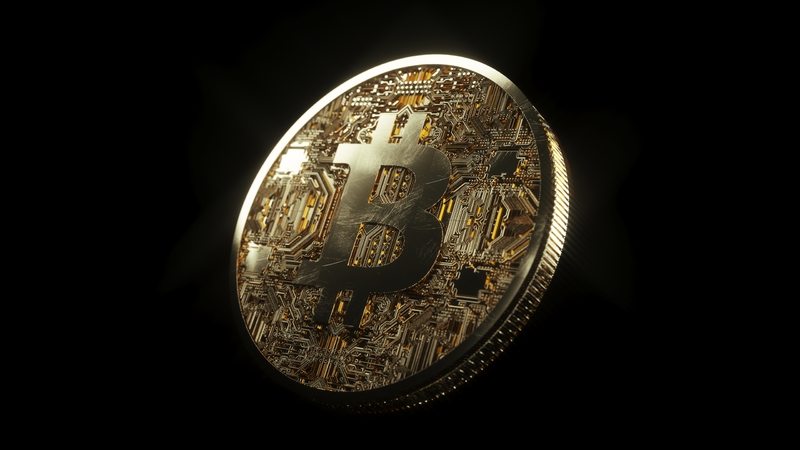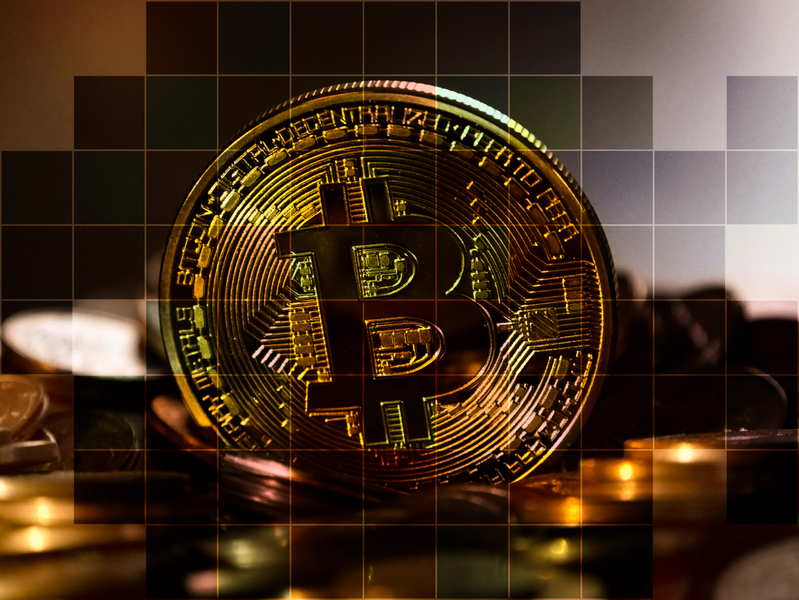Most cryptocurrency trends tend to attract criticism of some description – if nothing else, accusations that crypto is in a bubble. NFTs are no different. However, as the NFT craze has made headlines around the world, thanks to eye-watering sums fetched from sales by artists including Beeple and Grimes, new critics have added their weight to the debate.
Increasingly, NFTs are coming under fire from environmental campaigners, who point to the high energy requirements involved in minting them. It’s led to some artists, including Joanie Lemercier and The Bad Lament, joining a new movement congregating under the #cleannft banner and boycotting particular marketplaces for failing to address the environmental impact of their business.
The controversy isn’t related to the minting of NFTs per se. Rather, it’s down to the fact that many of the major NFT minting platforms, including NiftyGateway, Superrare, and Rarible, are based on Ethereum. The platform still uses the energy-intensive proof-of-work consensus, meaning that NFT transactions, whether minting or selling on secondary markets, come with a high environmental cost.
In many cases, the platforms involved have declined to acknowledge the issue or provide any transparency regarding their carbon footprint.
Calculating the Environmental Costs
So, just how bad is it? Medium blogger Memo Akten had previously put together a website called cryptoart.wtf, which provided a breakdown of individual NFTs and their associated carbon emissions. Unfortunately, they later had to take the website offline after it was used to target individuals for abuse.
Nevertheless, the blog posts produced by Akten as part of a series called “The Unreasonable Ecological Costs of #CryptoArt” provide some eye-popping statistics.
Akten calculated that the average cost of a single Ethereum transaction, of any description, is around 35 kWh, approximately the same as one EU resident’s power consumption for four days. As a more complex smart contract transaction, an NFT averages around double that value.
Bearing in mind that a single NFT can be the subject of many transactions such as bidding, selling, and transfer, Akten found that the average NFT footprint is around 340 kWh, emitting over 200 kilos of CO2. That’s the equivalent of flying for two hours, driving 1,000 kilometers, or the average energy consumption of an EU resident for around one month.
An intriguing question is: if buyers were aware of the impact that their NFT purchases were having on the environment, would they still go ahead?

Redressing the Balance
For its part, the Ethereum core development team is progressing with the long-anticipated upgrade to proof of stake. However, until the eth1 main chain docks to the new beacon chain, estimated to happen in 2022, the proof of work consumption will continue.
Given the heavy environmental toll of NFTs in particular, the onus is on the NFT community to take positive action in favor of reducing carbon emissions. In response to the criticism, Gemini, which operates the NiftyGateway has put in place a program designed to offset its carbon emissions. However, as Joanie Lemercier points out, carbon offsetting does nothing to reduce or eliminate carbon emissions and even risks becoming an excuse to avoid actions that would more effectively reduce the carbon footprint.
The only real solution is to move away from Ethereum-based NFTs and seek out other platforms and layer 2 solutions that offer a more sustainable means of feeding the appetite for NFTs. OpenSea, one of the biggest NFT marketplaces, has now integrated support for the Polygon (formerly Matic Network) scaling protocol, which is currently in beta, and has a lower carbon footprint than Ethereum.
Proof of Stake – A Greener Solution
Thanks in part to the sustainability argument, there are now NFT markets rising in popularity on other platforms, many of which also offer compatibility with Ethereum. For instance, Harmony is an established platform running a proof of stake consensus with zero environmental impact and low transaction costs. Harmony is also home to the DaVinci Gallery NFT marketplace, with works from over 200 artists.
However, it’s far from the only one. Tezos, another platform operating a variation on the low-carbon proof of stake consensus, provides the rails for the Hic et Nunc NFT marketplace. AI artist Mike Tyka recently published a collection there. Other options include Unifty, running on the Binance Smart Chain, Mintbase, which supports NFTs minted on NEAR, and KodaDot, part of Polkadot’s Kusama network.
The push for a shift to more environmentally friendly NFT solutions is coming from the artist community. Therefore, the marketplaces that depend on artists and other creators to mint NFTs are bound to follow. Overall, it’s important to recognize that there isn’t a wholesale argument about NFT, but it’s about making the right choices over where they’re minted in order to reduce the environmental impact.
Ultimately, this could end up being a watershed moment for blockchain technology, where the drive for “clean NFTs” becomes a shift from the industrial smoke of proof of work towards cleaner, greener solutions.











